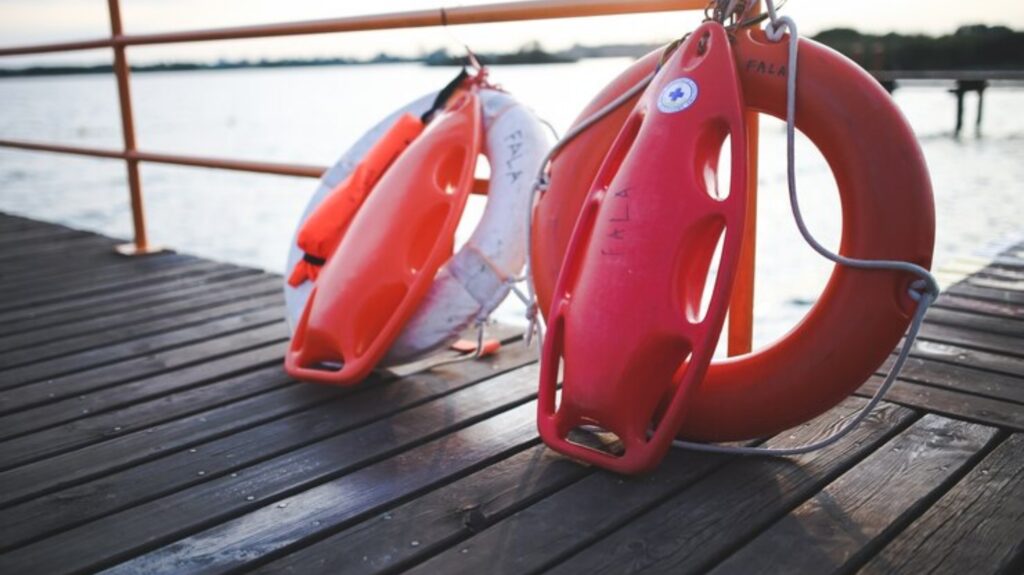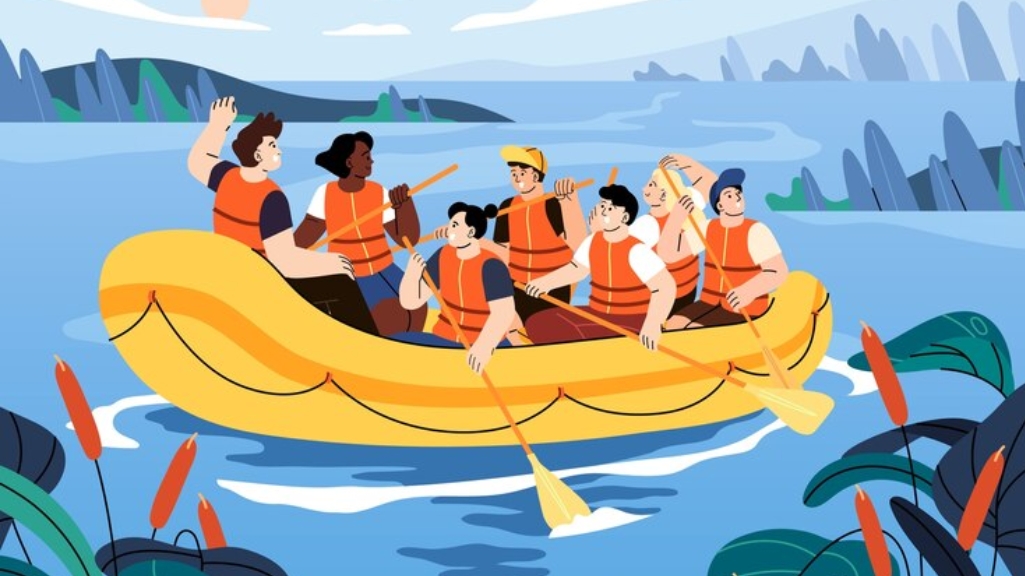5 Essential Marine Safety Equipment and Servicing for Your Boat

Being prepared with the proper marine safety equipment is crucial for any time spent out on the water.
Accidents and emergencies can happen quickly, so it’s important to have the right gear aboard to handle situations that ensure the safety of all passengers. This article covers five essential pieces of marine safety equipment that should have a permanent home onboard your boat.
Whether you’re spending the day sailing along the coast or venturing farther out to sea, these five items will provide core protection and peace of mind:
1. EPIRBs (Emergency Position Indicating Radio Beacons)
EPIRBs are essential safety devices that transmit distress signals via satellite to alert search and rescue teams. They automatically activate on contact with water and emit a location beacon. Visit https://www.marineinsight.com/marine-safety/what-is-epirb-emergency-position-indicating-radio-beacon/ to learn more about EPIRBs.
Regulations require EPIRBs aboard various vessel classes based on distance from shore. Global rescue coordination is possible as they operate through international distress systems.
Proper EPIRB registration ensures rescuers know the details of the vessel in distress. Routine testing and replacement of expired beacons ensures they’ll activate if needed in an emergency.
2. Fire Extinguishers
Portable fire extinguishers are categorized by the type of material they can extinguish. Vessels carry extinguishers suited for Class A, B, and C fires, which involve solid materials, flammable liquids, and electrical equipment, respectively. Larger vessels may require fixed firefighting systems.
Extinguishers are periodically inspected and replaced according to manufacturer guidelines. Fire extinguisher locations aboard need to be clearly marked and easily accessible, even during emergencies. All crew members should receive training in safe and proper extinguisher handling and operation.
3. Life Jackets/PFDs (Personal Flotation Devices)

Regulations mandate appropriate PFDs to be readily accessible for all persons on different types of watercrafts. Requirements vary based on vessel size, activity, and distance offshore.
Proper fitting is important as some PFDs require wearers to tilt their heads back to keep their faces out of water. Children generally need specially designed flotation.
Different PFD classes suit conditions, from calm inland waters to open oceans. Check https://www.boatus.org/life-jackets/types/ to read about the types of life jackets/PFDs available for different sizes.
Boat operators must understand PFD regulations and ensure all passengers can don life jackets quickly if the vessel needs to be abandoned.
4. First Aid Kits
First aid kits suited for marine environments contain supplies to treat minor injuries onboard until advanced medical care can be obtained. Required contents are based on vessel passenger numbers, operations, and distance traveled offshore.
Along with bandages and dressings, kits may include medicines for seasickness, infections, and pain relief. It is important to have a designated travel first aid kit. Click here for a detailed guideline on how to pack a travel first aid kit.
First aid supplies have expiration dates and need periodic restocking. Additional items like emergency blankets help stabilize hypothermia cases. It is crucial to consider hazards of vessel operations in stocking kits, such as fluids for treating chemical spills or burns. Kits should be stowed securely but easily accessed.
5. Immersion Suits
When boating in remote, cold-water regions, survival time is greatly improved with immersion protection; these insulated suits allow wearers to remain buoyant and provide thermal insulation to counter hypothermia.
Standards exist for materials, inflation mechanisms, and reflective marking. The suits completely cover the body and often include a dry hood. Immersion suits should be easily accessible on deck. Proper sizing is important as various suits are available for different body types and seasons. Routine inspection ensures essential components remain functional.
Marine Lifesaving Equipment Servicing and Maintenance
As stated earlier, accidents and unforeseen situations can arise quickly on the water, posing a risk of injury. To mitigate such risks, commercial and recreational vessels alike rely on life-saving appliances like liferafts and life jackets.
These are best practices for servicing various marine lifesaving equipment and components to keep them in optimal working order.
Commercial Liferaft Servicing
Commercial vessels require liferafts to be serviced annually to ensure they remain in good working condition in case of an emergency at sea.
A qualified liferaft servicing technician will have to inspect the liferaft, repair or replace any worn or damaged components, refill compressed gas cylinders, replenish emergency equipment, including food and water, and repack the liferaft for storage.
Servicing helps maintain the liferaft’s seaworthiness and helps ensure it will inflate and function properly if needed during an evacuation from the ship.
Leisure Liferaft Servicing
Recreational boats also need to have their liferafts routinely checked and serviced. Many regulatory agencies require liferafts aboard leisure vessels to be serviced every few years, depending on the type and exposure to elements.
A servicing for leisure liferafts involves the same inspections and component replacement processes as commercial life rafts to check for faults, corrosion, or expiry of materials.
Life Jacket Servicing
Both commercial and recreational life jackets need to be regularly inspected and serviced to maintain operational safety standards. A qualified technician from a safety company like Universal Safety will inspect buoyancy cells/blocks for leaks or damage, ensure reflective tape remains intact, check straps and buckles work properly, and replace any expired components like hydrostatic tabs. Servicing life jackets helps confirm they will correctly inflate and keep the wearer afloat if entering the water unexpectedly. It plays an important safety role for boat operators and passengers who rely on life jackets in an emergency.
Liferaft Hire
For vessels that do not have permanent liferafts installed, liferaft hire is an option to ensure safety equipment is available when needed. Companies specialize in renting inspected and serviced inflatable liferafts certified to international standards.
Liferaft hire provides a cost-effective short-term solution compared to purchase and allows for different capacity needs based on passenger loads. Hired liferafts must be securely stored and easily deployable.
Summing Up
Taking the necessary precautions of outfitting your boat with essential safety equipment and conducting routine servicing prevents equipment failures in crucial moments. While accidents cannot always be anticipated, ensuring the reliability of life-saving appliances provides the best chance of survival for all aboard until help arrives. Following regulatory requirements and maintenance best practices keep you and your passengers protected according to the highest safety standards.
Recommended For You
Tips For Buying A Diamond Engagement Ring
Most Inside
Most Inside offers high-quality recommendations and valuable updates to enhance all aspects of your life, providing premium guidance and enriching experiences.




